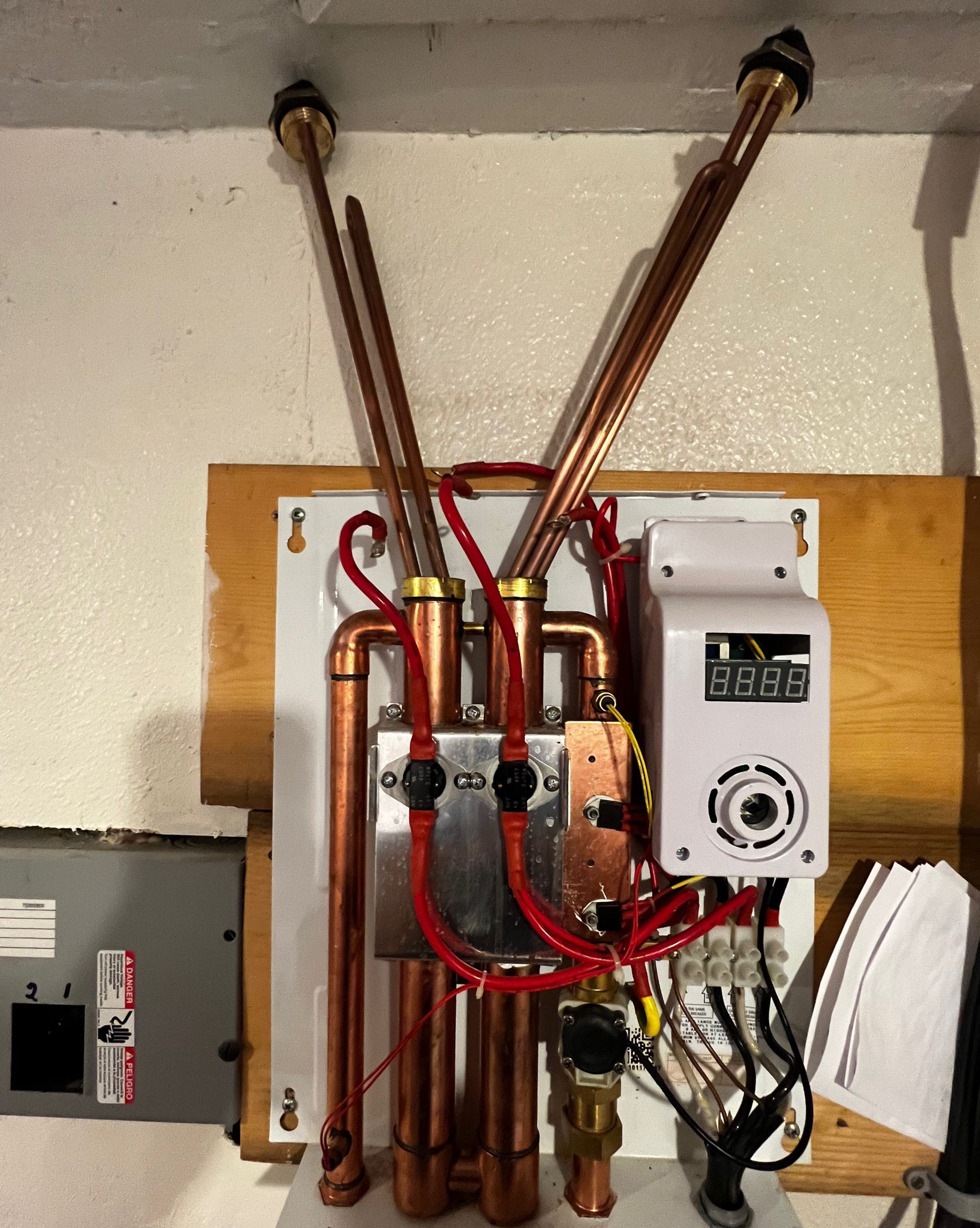Top Ways to Maintain Your Home's Hot Water System EffectivelySteps to Successfully Care for Your Home's Hot Water System
Top Ways to Maintain Your Home's Hot Water System EffectivelySteps to Successfully Care for Your Home's Hot Water System
Blog Article
What are your ideas with regards to Tips on Maintaining a Water Heater?

Hot water is vital for day-to-day comfort, whether it's for a refreshing shower or cleaning recipes. To ensure your warm water system runs successfully and lasts longer, routine upkeep is key. This post gives practical suggestions and understandings on exactly how to preserve your home's warm water system to avoid disturbances and costly fixings.
Introduction
Keeping your home's warm water system might seem difficult, yet with a couple of easy steps, you can ensure it runs efficiently for several years ahead. This guide covers whatever from recognizing your warm water system to DIY upkeep pointers and understanding when to contact specialist help.
Value of Preserving Your Warm Water System
Normal maintenance not only prolongs the life expectancy of your warm water system yet additionally ensures it operates effectively. Ignoring upkeep can bring about lowered performance, greater power bills, and even early failing of the system.
Signs Your Hot Water System Requirements Upkeep
Understanding when your warm water system requires attention can stop significant concerns. Look out for signs such as irregular water temperature level, odd sounds from the heating system, or rusty water.
Understanding Your Hot Water System
Prior to diving right into upkeep tasks, it's handy to understand the basic elements of your warm water system. Commonly, this consists of the water heater itself, pipes, anode poles, and temperature controls.
Regular Monthly Maintenance Tasks
Regular monthly checks can help capture small concerns prior to they intensify.
Flushing the Hot Water Heater
Purging your hot water heater eliminates sediment buildup, improving effectiveness and extending its life.
Monitoring and Changing Anode Rods
Anode rods avoid corrosion inside the container. Evaluating and changing them when worn is essential.
Evaluating and Adjusting Temperature Setups
Changing the temperature settings makes certain ideal performance and safety and security.
Do It Yourself Tips for Maintenance
You can perform numerous upkeep tasks on your own to maintain your hot water system in top problem.
Checking for Leakages
On a regular basis examine pipes and links for leakages, as these can cause water damage and greater costs.
Checking Pressure Relief Valves
Checking the pressure safety valve guarantees it functions appropriately and stops too much stress buildup.
Shielding Pipes
Shielding warm water pipes minimizes warm loss and can conserve energy.
When to Call an Expert
While DIY upkeep is useful, some issues need professional experience.
Complicated Concerns Needing Specialist Assistance
Examples consist of significant leaks, electric issues, or if your water heater is consistently underperforming.
Regular Professional Upkeep Benefits
Expert upkeep can include detailed evaluations, tune-ups, and making certain conformity with security standards.
Final thought
Regular upkeep of your home's hot water system is crucial for efficiency, durability, and cost savings. By adhering to these suggestions and understanding when to look for professional assistance, you can make certain a reputable supply of warm water without unexpected interruptions.
How to Maintain an Instant Hot Water Heater
Before tinkering with your hot water heater, make sure that it’s not powered on. You also have to turn off the main circuit breaker and shut off the main gas line to prevent accidents. Also turn off the water valves connected to your unit to prevent water from flowing into and out of the appliance. 2. When you’re done, you have to detach the purge valves’ caps. These look like the letter “T” and are situated on either side of the water valves. Doing so will release any pressure that has accumulated inside the valves while at the same time avoid hot water from shooting out and burning your skin. 3. When the purge valves’ caps are removed, you have to connect your hosing lines to the valves. Your unit should have come with three hoses but if it didn’t, you can purchase these things from any hardware or home repair shops. You can also get them from retail stores that sell water heating systems. Read the user’s manual and follow it to complete this task properly. When the hosing lines are connected, open the purge port’s valves. 4. You should never use harsh chemical cleaners or solutions when cleaning your unit. Make use of white vinegar instead. It should be undiluted and you’ll probably use about 2 gallons. 5. Now flush your water heater. This task should probably take about 40 minutes. We can’t give you specific directions for this because the procedure is carried out depending on the type, model and brand of your heater. With that being said, refer to the user’s manual. 6. When you’re done draining the unit, you have to turn off the purge port valves again. Remove the hosing lines that you earlier installed on each of the water valves. Put the valve caps (purge port) back in their respective places and be very careful so as not to damage the rubber discs that are found inside these caps. 7. Now that everything’s back in place, check your user’s manual again to find out how to reactivate your water heating system. 8. Once it is working, turn one of your hot water faucets on just to let air pass through the heater’s water supply pipes. Leave the tap on until water flows smoothly out of it. https://www.orrplumbing.com/blog/2014/september/how-to-maintain-an-instant-hot-water-heater/

I am just very fascinated by How to Maintain a Hot Water Heater in a Few Simple Steps and I'm hoping you liked the entire article. Sharing is caring. Helping people is fun. Many thanks for your time. Please check our website back soon.
Call Today Report this page